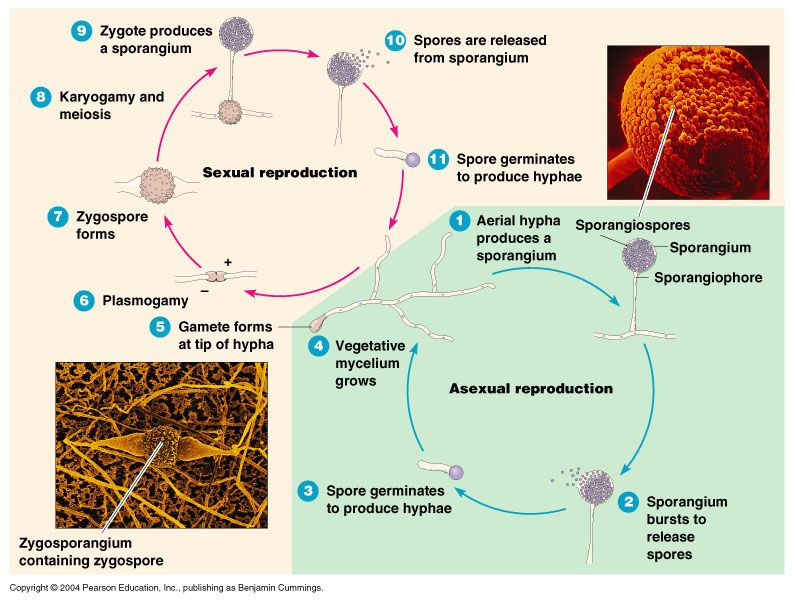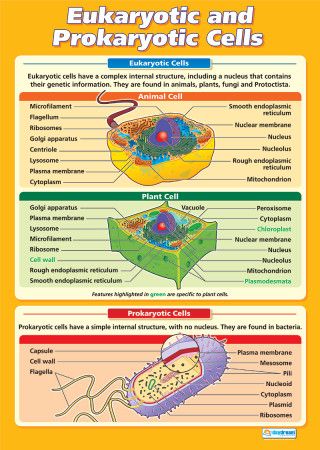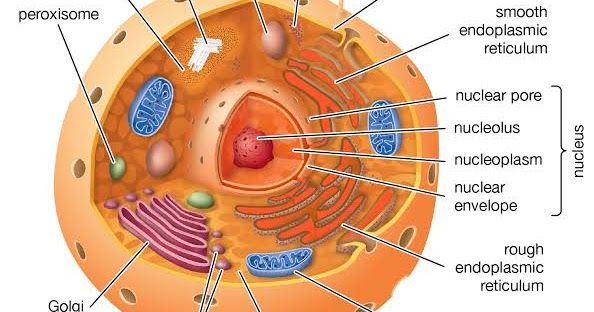are fungi eukaryotic
As eukaryotes fungal cells contain a membrane-bound nucleus where the DNA is wrapped around histone proteins. Protozoa fungi plants and animals all have eukaryotic cells.

The Eukaryotes Fungi Algae Protozoa And Helminths Fungi Algae Spore
There are many thousands of different fungi that share our environment and we are constantly being exposed to fungi in the air we breathe the food we eat and the water we drink.

. Much of the activity of prokaryotic cells takes place in the cytoplasm. However because fungi lack chlorophyll and are distinguished by unique structural and physiological features ie components of the cell wall and cell membrane they have been separated from plants. Historically fungi were included in the plant kingdom. Fungi have both diploid and haploid stages.
There are four types of eukaryotes. They have nuclei with well-defined chromosomes and nuclear walls and are often multicellular. Animals plants fungi and protists. As eukaryotic organisms fungi possess cells with organelles which are structures surrounded by membranes.
Fungi are eukaryotic organisms that comprise one of the kingdoms of life. Both eukaryotic and protists are composed mainly of polysaccharides which make up the starches sugars and amino acids that are the basic building blocks of all life whereas fungi are unicellular which means that the cell wall is composed of multiple layers of protein. As eukaryotes fungal cells contain a membrane-bound nucleus. Fungi or funguses is any member of the group of eukaryotic organisms that includes microorganisms such as yeasts and molds as well as the more familiar mushroomsThese organisms are classified as a kingdom separately from the other eukaryotic kingdoms which by one traditional classification include Plantae Animalia Protozoa and.
Fungi are eukaryotic organisms that comprise one of the kingdoms of life. All of the roughly 250000 species of plants -- from simple mosses to complex flowering plants -- belong to the eukaryotes. Like plants they have cell walls but unlike plants the walls contain chitin and the cells do not contain chloroplasts. Fungi are eukaryotes and have a complex cellular organization.
Ie their cells contain membrane-bound organelles and clearly defined nuclei. Animals plants fungi and protists are eukaryotes. Which includes the yeasts rusts smuts mildews molds and. Fungi are Eukaryotic organisms.
Fungi are a distinct kingdom of eukaryotic or prokaryotic mostly multicellular organisms that lack chlorophyll. They can maintain different environments in a single cell that allows them to carry out various metabolic reactions. Fungi are eukaryotic organisms. Fungi do not have vascular systems.
This group includes protozoa slime molds and some algae. Lets look at eukaryotic and protists unicellular counterparts. Fungi are eukaryotic organisms that include microorganisms such as yeasts moulds and mushrooms. They are classified as heterotrophs among the living organisms.
Hyphae make up the fungi. Most fungi are multicellular. No - fungi are eukaryotic. The predominantly single-celled organisms of the domains Bacteria and Archaea are classified as prokaryotes pro before.
A few types of fungi have structures comparable to the plasmids loops of DNA seen in bacteria. Protists and fungi are usually unicellular while animals and plants are multicellularApr 28 2017. No photosynthesis takes place in fungi. Most fungi are multicellular.
Here Lets know about eukaryotic organisms in detail. Each cell is complex with a. They are predominantly multicellular and some are unicellular yeast. Fungi are eukaryotes and as such have a complex cellular organization.
Some eukaryotic fungi examples are mushrooms molds yeasts truffles etc. As eukaryotic organisms fungi possess cells with organelles which are structures surrounded by membranes. Fungi reproduce both sexually and asexually and they also have symbiotic associations with plants and bacteria. Fungi grow from the tips of filaments hyphae that make up the bodies of the organisms mycelia and they digest organic matter externally before absorbing it into their mycelia.
Fungi are eukaryotic organisms. Protists are one-celled eukaryotes. Fungi are eukaryotes and have a complex cellular organization. The organisms found in Kingdom fungi contain a cell wall and are omnipresent.
As eukaryotic organisms fungi possess cells with organelles which are structures surrounded by membranes. No embryonic stage in fungi is found. They are classified under the kingdom Eukaryota. Eukaryotic cells arose from prokaryotic cells and have a more complex organization than prokaryotic cells.
Fungi are multicellular organisms meaning they are made up of many cells. Fungi are eukaryotic organisms and possess a true membranous nucleus. Viruses are not cells so they are neither prokaryotic nor eukaryotic. Both cells are the same but.
Eukaryotic cells arose from prokaryotic cells and have a more complex organization than prokaryotic cells. Fungal cells also contain mitochondria and a complex system of internal membranes including the endoplasmic. Eukaryotic cells arose from prokaryotic cells and have a more complex organization than prokaryotic cells. Fungi can have one cell or many cells.
As eukaryotes fungal cells contain a membrane-bound nucleus where the DNA is wrapped around histone proteins. Ie their cells contain membrane-bound organelles and clearly defined nuclei. Fungus are a kingdom of usually multicellular eukaryotic organisms that are heterotrophs cannot make their own food and have important roles in nutrient cycling in an ecosystem. Answer 1 of 6.
However they are also responsible for some diseases in. Eukaryotic organisms have a nucleus and membrane-boun organelles. What are the main features of fungi. Fungi is a Eukaryotic Organisms because the cells of Fungi have a definite nucleus surrounded by a nuclear membrane and organelles such as mitochondria endoplasmic reticulum Golgi bodies etc.
Fungi have these - and so are not prokaryotic. These organisms are classified under kingdom fungi. Protists are a group of organisms defined as being eukaryotic but not animals plants or fungi. A few types of fungi have structures comparable to bacterial plasmids loops of DNA.
They possess a membrane bound eukaryotic kind of well organized cell structure also having a member bound proper nucleus in it. Fungi are eukaryotic organisms that comprise one of the kingdoms of life. Fungal cells also contain mitochondria and a complex system of internal membranes including the endoplasmic reticulum and Golgi apparatus.

Eukaryotic And Prokaryotic Cells Science Educational School Posters Prokaryotic Cell Teaching Biology Study Biology

Eukaryote Vs Prokaryote Cell Type Organisms Educational Set With Bacteria Archea Fungi Protists Pla Prokaryotes Prokaryotes Vs Eukaryotes Prokaryotic Cell

Eukaryotes Comprise All Members Of Plantae Fungi And Animal Kingdomsincluding The Unicellular Fungus Yeast And Protozoans E Sel Hewan Membran Sel Dinding Sel

Fungi Cell Stock Vector Illustration Of Life Herbal 49947916 Fungi Cell Diagram Cell Wall

6 Differences Between Plant Cell And Fungal Cell Simple Point Wise Explanation Plant Cell Cell Wall Teaching Biology
Komentar
Posting Komentar